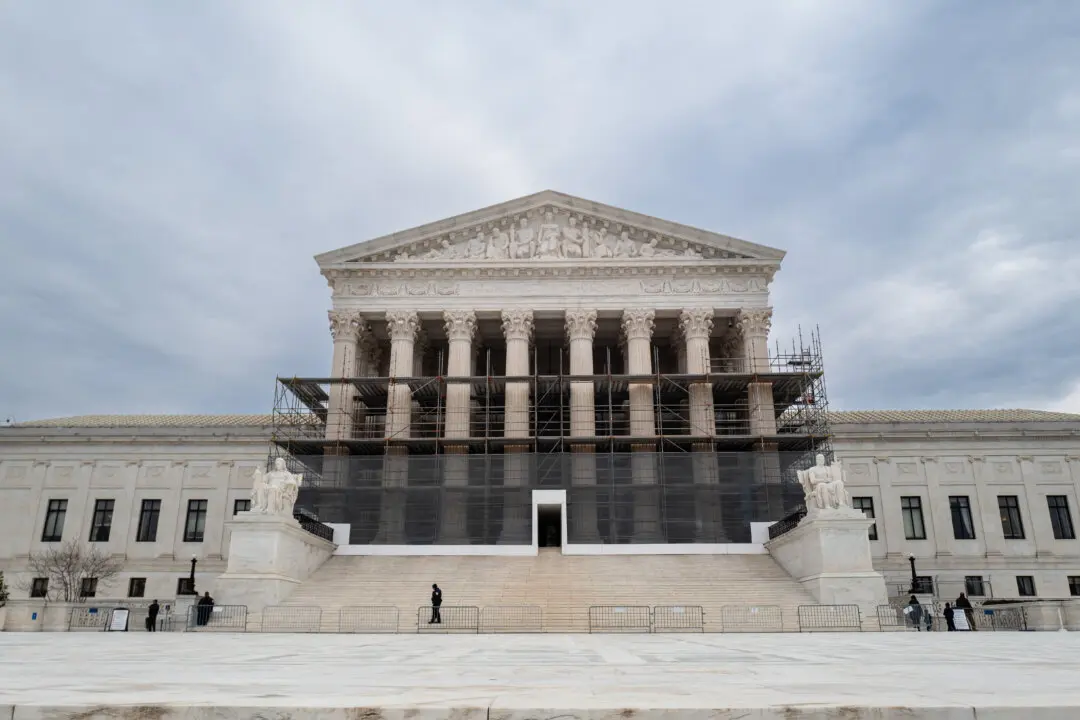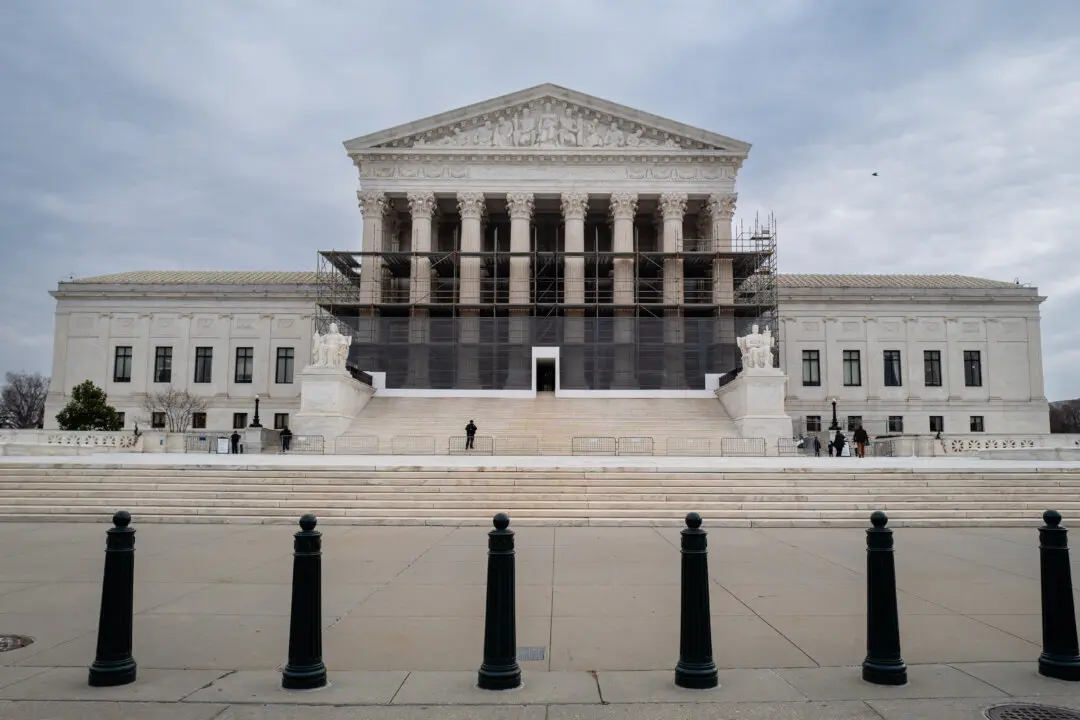An isolated Amish community in Minnesota is asking the U.S. Supreme Court to review a ruling by the state’s high court that allows a regulator to force its members to install a septic system that conflicts with their religious beliefs.
The case is Mast v. Fillmore County, court file 20-7028. The Minnesota Supreme Court ruled against the Amish on Aug. 25, 2020.





